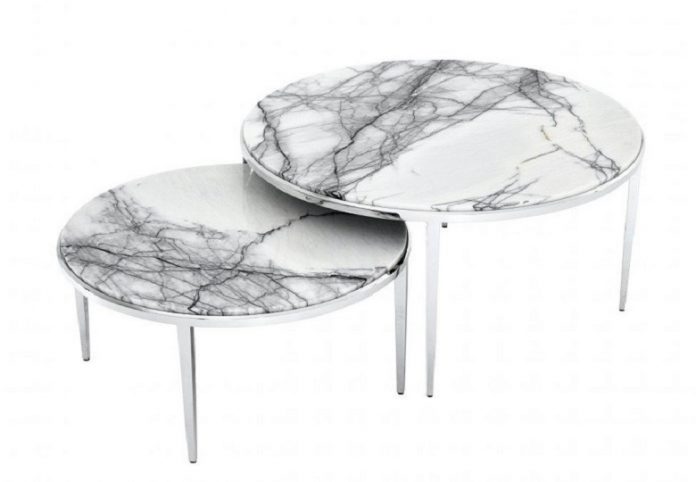Whether you’re looking to update several rooms in your home or just one space, your goal is to maximize your look without sacrificing the budget. How does natural stone fit into this? Our experts say it’s entirely possible to get that updated luxe look by being mindful of how you incorporate stone throughout your home.
Natural stone can be both subtle and bold in an interior space. It all comes down to how much of it is used, where it’s used, and how much labor is involved to install it.
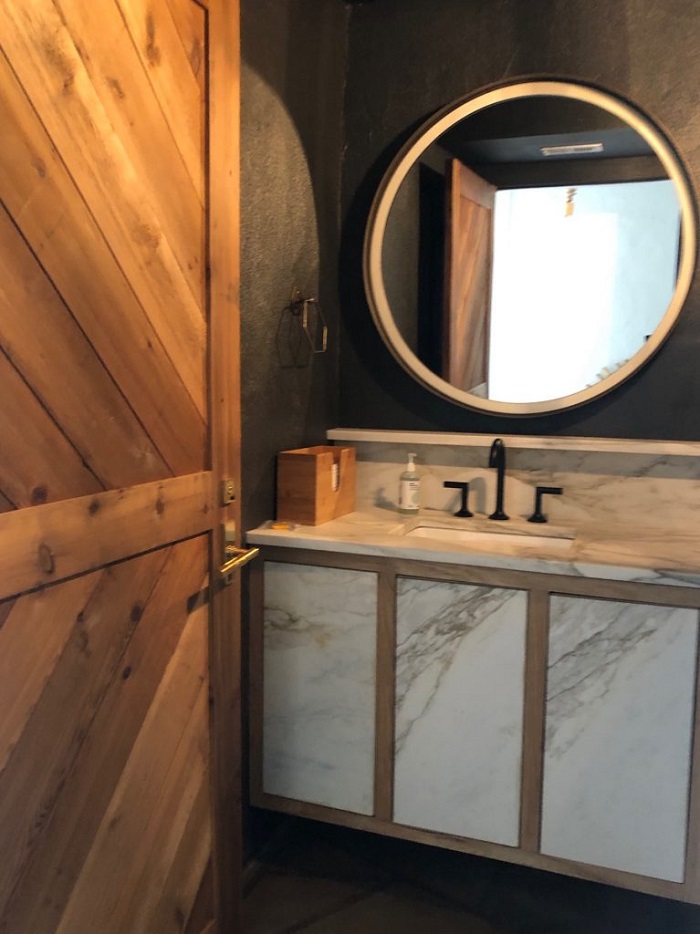
Size Matters (Sort Of)
Most homeowners think going larger when it comes to natural stone selection means it’ll be more costly. That’s not always the case.
“It really depends on the material,” says Jesse Bouchard, Director of Showroom Sales for New Orleans-based Triton Stone Group. Costs are often determined based on the stone’s origins, the minerals in it, and how abundant it is. Because some natural stones are more abundant and accessible than others, they may be less expensive than a rarer stone.
This doesn’t mean that size doesn’t matter when designing a space. One thing Bouchard notices often is that homeowners decide on things like their island size or cabinet layout first, when it might make more sense financially to think about the type of natural stone they’d like to incorporate into the space. Is the natural stone they’d like for the island available as a raw material in that size? What about the seam placement for the countertop?
Reversing the timeline and thinking about natural stone first can help not only elevate the space but can be more budget-friendly in the long run.
Bouchard also recommends homeowners look at things like edge details, the type of sink installation, the thickness and finish of the stone, access to a job site, mitered waterfall edges, full height backsplashes, and cutouts. Beyond these decisions, he says, the most important one that will impact your budget will be the type of natural stone you choose. All of these things should be discussed with your fabricator or kitchen designer.
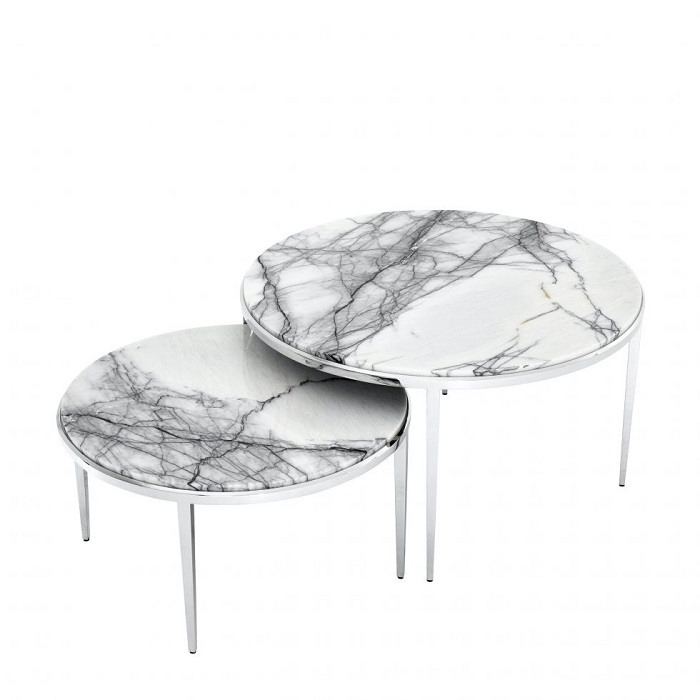
Placement Matters (A Lot)
“Many people use natural stone as a form of art,” explains Bouchard. Not traditional artwork, per se, but its placement is thoughtful in the sense that the stone can be seen and appreciated. For example, Bouchard notes that some homeowners will opt to use bold pieces such as an onyx slab to be the focal point in a bar or a subdued limestone throughout a home to give it a more comfortable feel.
Countertops are often the first place one thinks of using natural stone in the kitchen, but the backsplash is another opportunity to showcase your creativity. Because the backsplash is a smaller surface area, it can be less expensive to use natural stone here—and because this area receives less direct contact than a countertop, more varieties of stone can be used here.
In some cases, the same stone can be used for both the countertop and backsplash. As an interior designer, Annilee B Waterman, RID, owner of AW Design Studio in Dallas Texas, loves to use the countertop stone for the backsplash because it creates a beautiful, clean, and classic look which is also easy to keep clean, she says, since there is no need for grout (providing another level of cost-savings).
Get creative with your natural stone placement. Bouchard has seen natural stone used as table tops, fireplace surrounds, cutting boards or serving pieces for entertaining, and even as cabinet door inserts.
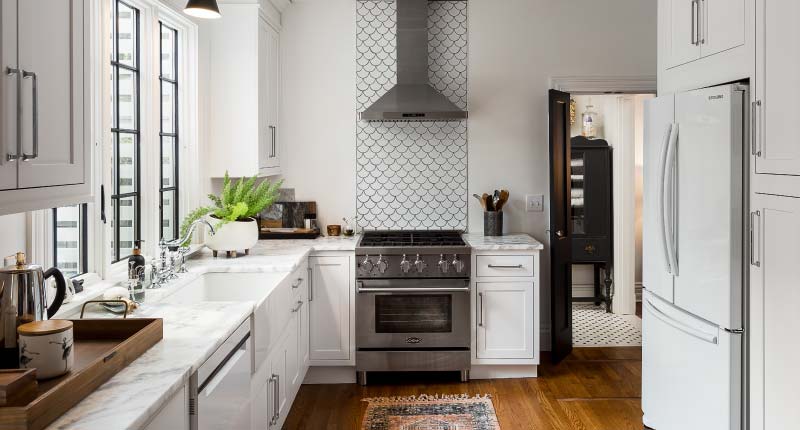
Natural Stone in Small Spaces
Remnants can be a budget-friendly option for small spaces where full slabs are not needed, Bouchard says. However, he does note that if you have a decent amount of material to cover, full slabs are a better option to choose to ensure that they match each other and allow you a better selection of material from which to choose.
While natural stone veneers have typically been used on commercial vertical surfaces, Bouchard is seeing a trend in natural stone veneer for residential projects as well. “It can be a smart idea when weight is an issue or accessibility to the area,” he admits. “There are some fabrication limitations with veneers, so make sure to take all into consideration.”
Labor costs will vary on projects that use remnants and natural stone veneer. “Labor charges can vary depending on market and job scope,” says Bouchard.
From countertops to tabletops and everything in between, it’s entirely possible to incorporate natural stone into your home, even on a budget. It can be bold or subtle. It can be full of vibrant color or subdued. Whatever it might be for you, natural stone will always be timeless and beautiful.
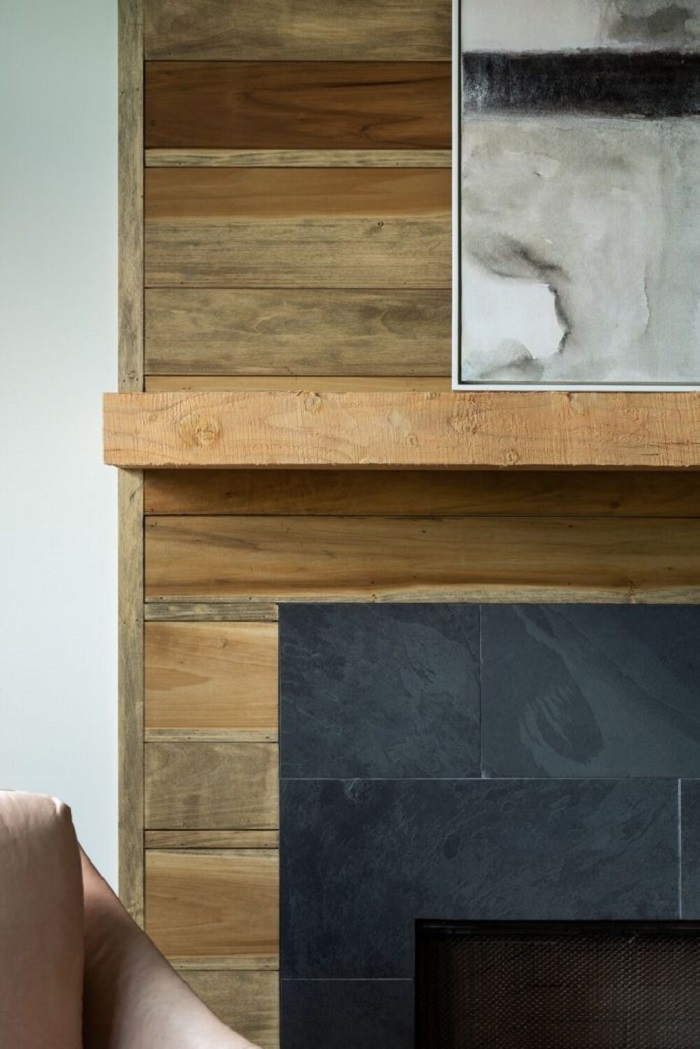
Source: usenaturalstone.org



